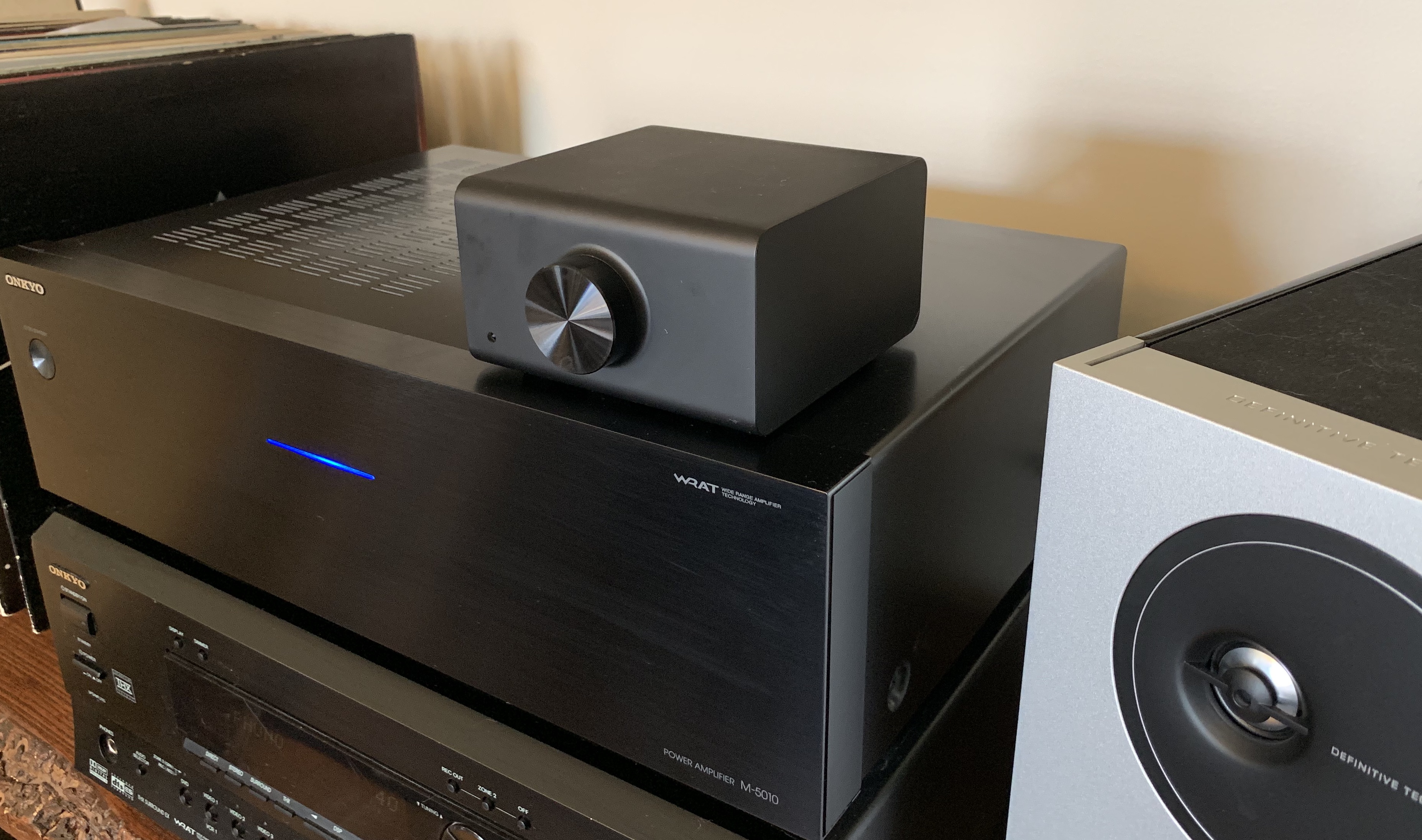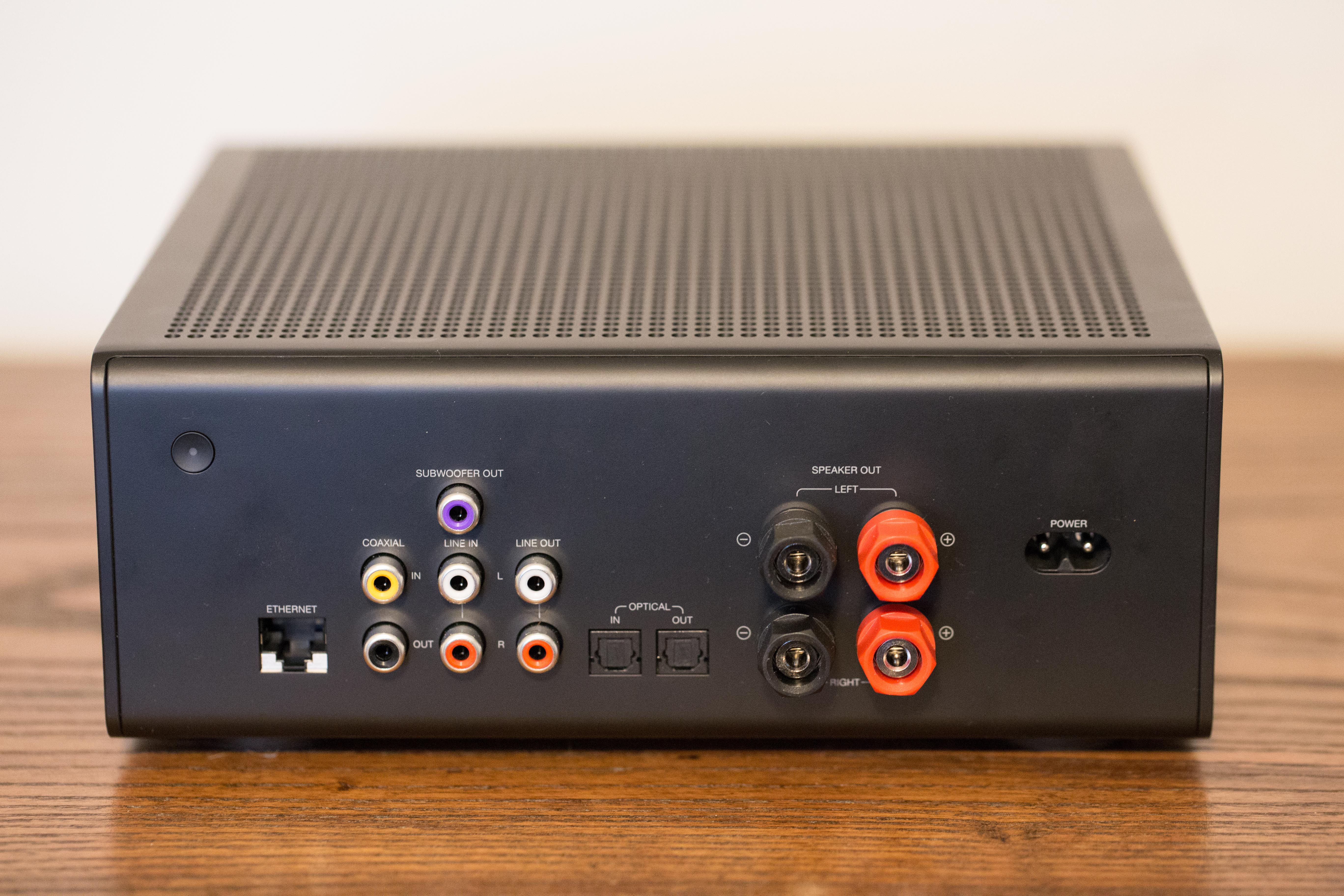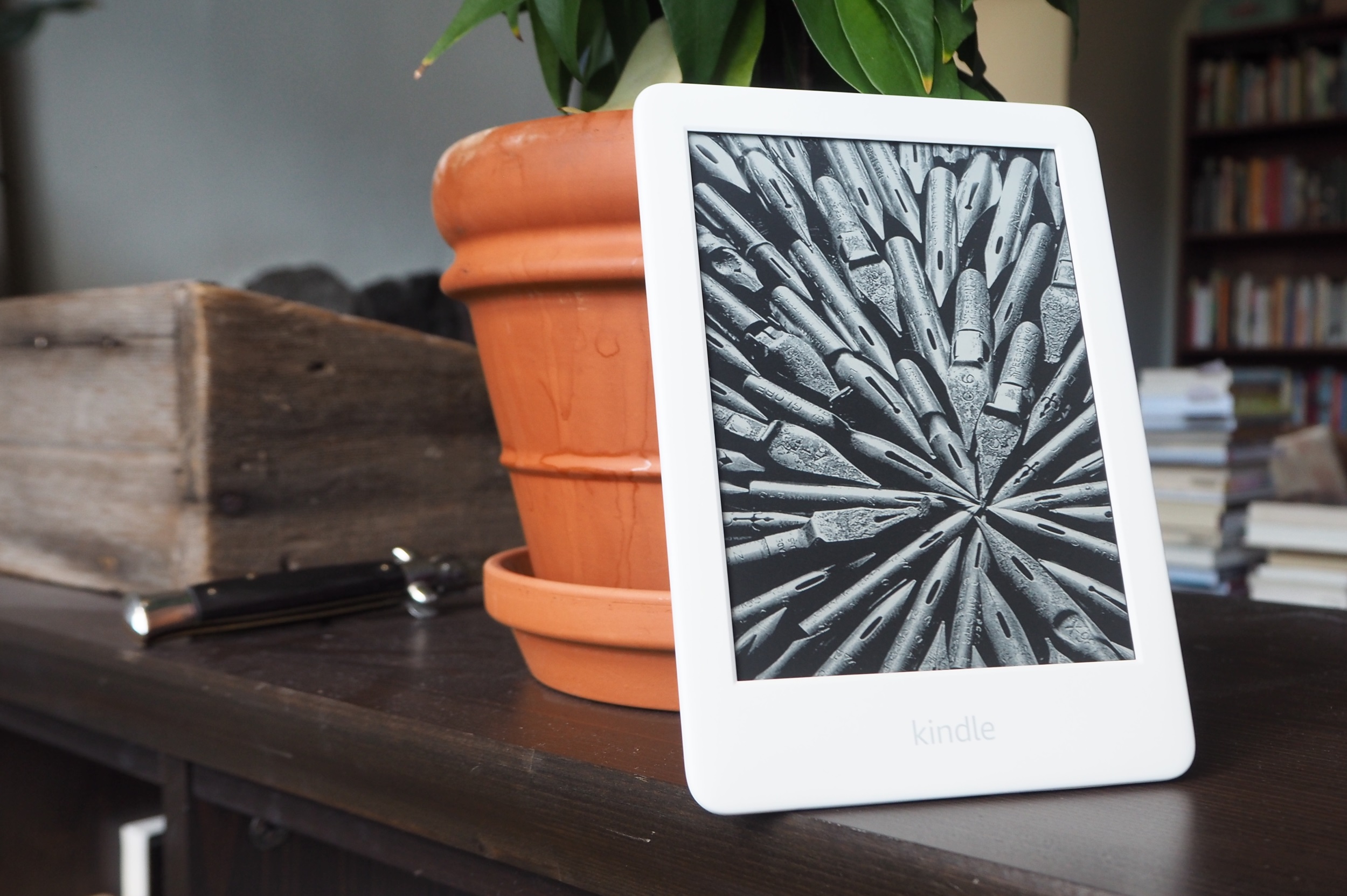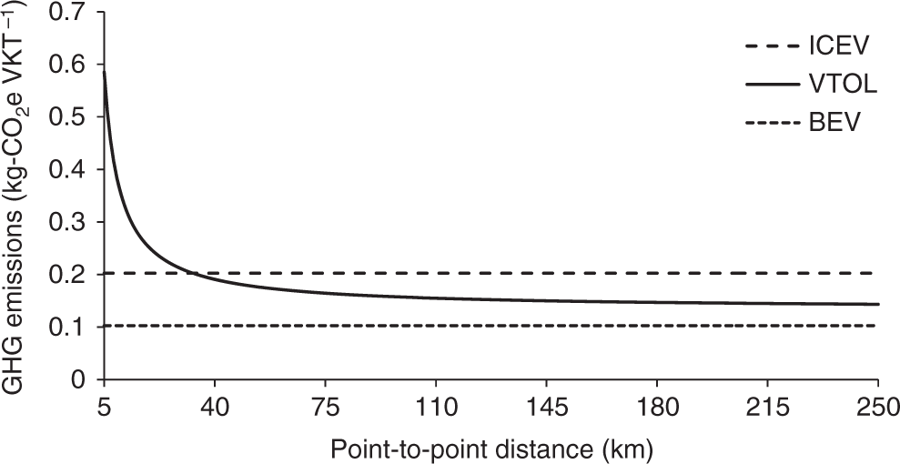
El agujero negro de M87 – NSF
Después de años de trabajo el Event Horizon Telescope ha presentado la primera imagen de un agujero negro que hemos conseguido jamás. Aunque siendo estrictos nada –por definición– puede escapar de un agujero negro, así que lo que vemos en realidad es la sombra de ese agujero negro. O la falta de cualquier tipo de luz que provoca la existencia de un agujero negro.
Me explico: un agujero negro se forma cuando una determinada cantidad de materia se comprime en un volumen relativamente reducido. En el caso de la imagen presentada por el EHT estamos hablando del agujero negro que está en el centro de la galaxia M87 y que contiene aproximadamente 6.500 millones de veces la masa de nuestro Sol en un volumen de unos 20.000 millones de kilómetros de radio. Eso es un volumen unas 64 veces superior al de nuestro sistema solar, que tiene un radio de unos 5.000 millones de kilómetros hasta la órbita de Neptuno.
Pero en realidad puede haber agujeros negros de muchos tamaños. Técnicamente basta con que esa cantidad de materia de la que hablamos se comprima por debajo de su radio de Schwarzschild.
Así que el de M87, en cualquier caso, es realmente de un tamaño algo exagerado. Pero nos viene muy bien que sea tan descomunal porque está a unos 55 millones de años luz de nosotros. Y eso es muy, muy lejos. Pero mucho: un rayo de luz, que es lo que más rápido se mueve en nuestro universo, tarda 55 millones de años en recorrer la distancia que nos separa.
Una red de radiotelescopios
El agujero negro de M87 está tan lejos que aun con su tamaño descomunal para poder observarlo ha sido necesario coordinar las observaciones de ocho radiotelescopios repartidos por todo el mundo: Hawái (Estados Unidos, pero en medio del océano Pacífico), México, Arizona (Estados Unidos) y Sierra Nevada (Granada, España), el desierto de Atacama en Chile y la Antártida. Combinando sus observaciones mediante interferometría podemos obtener resultados similares a los que tendríamos si tuviéramos un único radiotelescopio del tamaño de la Tierra, algo que obviamente no podríamos construir físicamente.
Así que durante cuatro noches de abril de 2017 estos ocho radiotelescopios centraron sus miradas en M87 y con los datos recogidos, que les ha llevado cerca de dos años procesar y validar, han obtenido, entre otras cosas, la imagen en cuestión.
La interpretación científica de la imagen
El círculo negro que se ve en el centro de la imagen se corresponde con el horizonte de eventos del agujero negro. Un agujero negro, entre otras peculiaridades, tiene una gravedad enorme. Y la influencia de esa gravedad hace que nada que esté a menos de una distancia determinada del agujero negro pueda escapar de allí. Eso incluye cualquier tipo de radiación electromagnética, lo que hace que los agujeros negros sean negros. Y ese límite es el horizonte de sucesos.
Así que la zona negra del centro del imagen no es que no contenga nada; en realidad, como decía antes, ahí dentro está una cantidad de materia equivalente a 6.500 millones la de nuestro Sol. Está repleto de materia. Pero nunca podremos ver nada de lo que hay más allá del horizonte de sucesos. Por el contrario, la zona negra que rodea el «donut» anaranjado se corresponde con el vacío del espacio que rodea el agujero negro.
La zona naranja, por su parte, se corresponde con los fotones que no son atrapados por el agujero negro pero cuya gravedad desvía hacia nosotros, que estaríamos a la derecha en esta imagen.

El camino de los fotones alrededor de un agujero negro – Nicolle R. Fuller/NSF
Es asimétrica porque el agujero negro está en rotación, con lo cual, por decirlo así, unos fotones vienen hacia nosotros con más impulso –la parte más brillante– y otros con menos. Son fotones emitidos por la materia que rodea al agujero negro, que va acelerando según cae hacia él. Y cuanto más rápido va más energía emite en forma de radiaciones electromagnéticas.
Los físicos le llaman luz a cualquier radiación electromagnética, aunque es una definición de luz mucho más amplia de la que manejamos el común de los mortales, que por luz normalmente entendemos luz visible, aquella pequeñísima parte del espectro electromagnético que podemos ver con nuestros ojos.
Así que hablando de ver cosas me parece muy importante aclarar que el donut naranja de esta imagen no se corresponde con nada que podríamos ver con nuestros ojos. Lo que vemos en ella se corresponde con observaciones realizadas en la banda que se corresponde con una longitud de onda de 1,2 milímetros, lo que entra dentro de la banda milimétrica. Sólo que han sido representadas en forma de una imagen que sí podamos ver. Esto es algo muy habitual en astronomía, pues la inmensa mayoría de los fenómenos que nos interesa estudiar emiten luz en frecuencias que no podemos ver.
Por eso me parece importante insistir en que esta imagen no es una fotografía, no al menos en el sentido estricto de una fotografía como una imagen que representa el mundo tal y como lo vemos con nuestros ojos.
En cualquier caso, y más allá de la imagen en sí, es un resultado importantísimo desde el punto de vista científico porque se corresponde con los resultados que preveían los modelos teóricos que manejamos sobre los agujeros negros. De hecho se han publicado ya seis trabajos científicos con los resultados obtenidos por el EHT sobre el agujero negro de M87.

Simulaciones previas previas a la observación.
Las distintas imágenes de esta ilustración se corresponden con diversas previsiones de lo que iba a «ver» el EHT según la teoría. Hay varias que encajan razonablemente con lo visto a posteriori porque hay distintos parámetros del agujero negro que no podemos determinar al 100%. Este tipo de agujero negro, por cierto, se corresponde con la solución formulada en 1963 por Roy Kerr para agujeros negros en rotación.
La demostración de que es posible hacer este tipo de observaciones abre el camino para que en el futuro intentemos otras similares, aunque no es algo que vaya a ser sencillo. El EHT, por ejemplo, ha observado también Sagitario A*, el agujero negro de unos cuatro millones de masas solares que hay en el centro de nuestra galaxia. Pero les está costando más sacar partido de esas observaciones, entre otras cosas porque ha habido que hacerlas a través de la Vía Láctea, no como en el caso de M87 en el que mirábamos hacia fuera.
Expectativas vs. realidad
Otra cosa es que con las expectativas despertadas –desde el anuncio de la rueda de prensa he perdido la cuenta de la cantidad de imágenes de agujeros negros generadas por ordenador tipo Gargantúa que he visto pasar– el resultado final haya causado un poco de decepción al público en general.
Es un poco lo mismo que cuando nos volvemos locos con la superluna y por todas partes salen espectaculares fotografías –sí, en este caso son fotografías– de la Luna tomadas con un teleobjetivo, lo que la hace parecer enorme… y luego nos topamos con la realidad de que a simple vista o en las fotos hechas con un móvil la realidad es muy otra.
Pero ese es otro debate. Así que para acabar, insisto: el resultado del EHT es espectacular. Quizás no al nivel del de descubrimiento de las ondas gravitacionales, pero espectacular sin duda alguna.
Relacionado,
# Enlace Permanente
via Microsiervos http://bit.ly/2uZ4g8R









